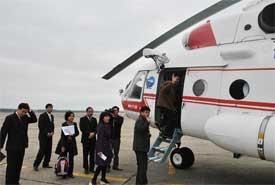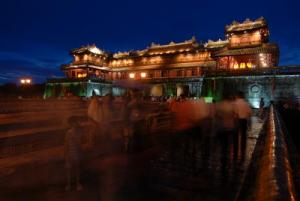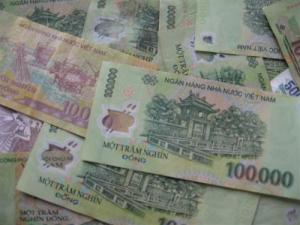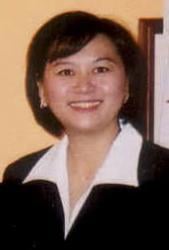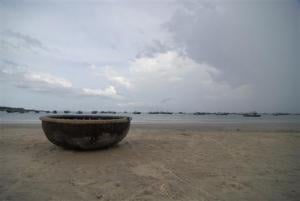The La Vang Holy Land: the Challenge and the History
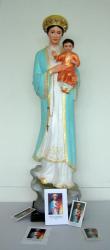
For fear of intrusion of the Catholic Church, Emperor Canh Thinh, then ruler of Vietnam during the reign of Tay Son Dynasty in 1798, decided to restrict the practice of Catholicism in the country. Soon after that, he issued an anti-Catholic edict in which persecution ensued. He ordered for all Catholic churches and seminaries destroyed. Many Catholics sought refuge in the jungle in the province of Quang Tri, where they most became very ill. During one of their prayer sessions, Virgin Mary appeared to them, dressed in an ao dai (Vietnamese traditional dress), and advised them to boil the leaves of surrounding trees to heal themselves. Modern scholars believe it comes from the ancient practice of naming a location for a genus of a tree or plant native to the area, La meaning "leaf" and '"Vang "herbal seeds".
There are several other stories how the name "La Vang" came about. One is that when the Catholics took refuge in the forest, they had to shout (la) to call someone, and that the term "La Vang" was a derivative of the Vietnamese word meaning "crying out". The same legend tells that in 1802 the Christians returned to their villages, passing on the story of the apparition in La Vang and its message. As the story of the apparitions spread, many came to pray at this site and to offer incense. In 1820, a chapel was built. In 1885, the church perished in a fire but was rebuilt one year later by a priest (Caspar Loc). The church was then expanded several times before being destroyed by bombs in 1972 in the Vietnam War. But its bell tower still remains until today, showing some of the damage caused by the bombs. La Vang became the National Marian Center of Vietnam on April 13, 1961.
Four months later, Pope John XXIII elevated the site to the rank of a Minor Basilica. Even in the absence of official Vatican recognition of the apparition, the pope publicly recognized the importance of Our Lady of La Vang. The La Vang Catholic festival, known as kieu in Vietnamese, is held every year on August 15, attracting thousands of visitors year by year. To get there, travel about 40 kilometers from Hue. From Dong Ha Town, the center of Quang Tri, take the National Highway 1A and go around 20 kilometers before turning right. Continue further for another kilometer or so to reach La Vang. You can find the the holy place in Hai Lang District, the north-central province of Quang Tri.




